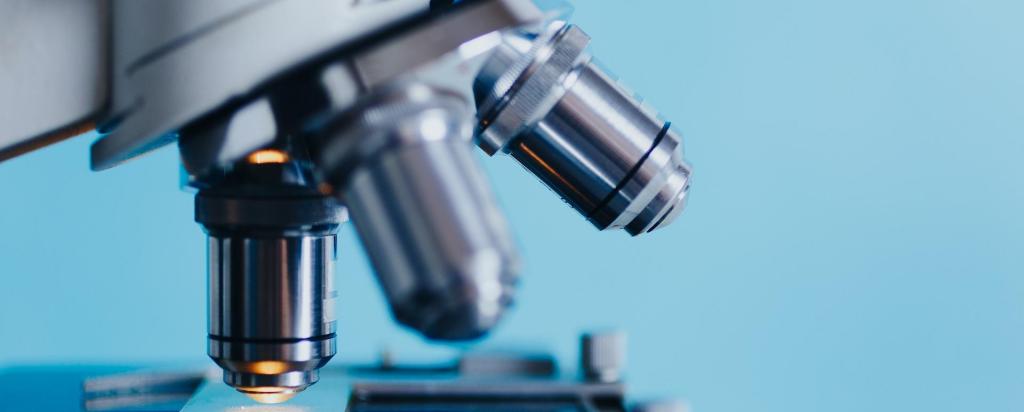Rare boomerangs used by ancestors of Yandruwandha Yawarrawarrka people dated at ANSTO
A rare collection of traditional Aboriginal wooden objects in varying degrees of preservation found along a dry creek bed in South Australia have been dated to a period spanning 1650 to 1830 at the Centre for Accelerator Science at ANSTO.






